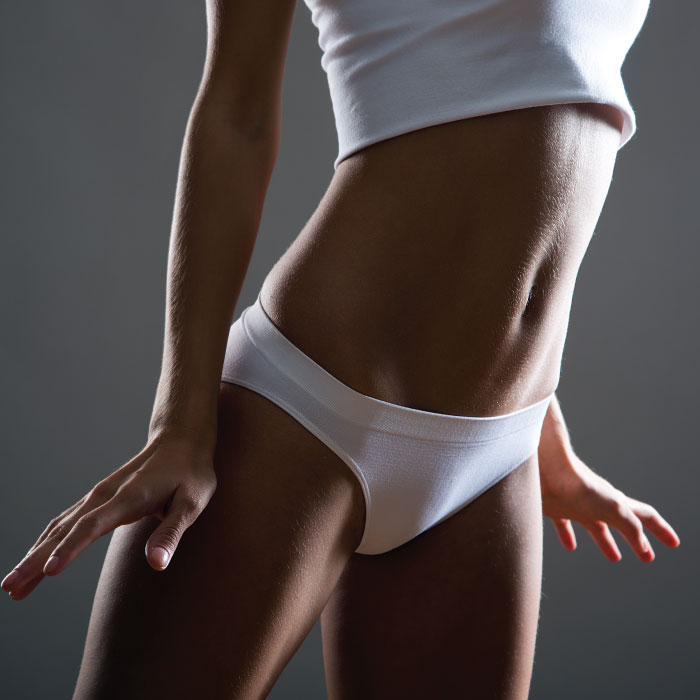
body lift
A body lift may include these areas:
- Abdominal area—locally or extending around the sides and into the lower back area
- Buttocks
- Thigh—the inner, outer or posterior thigh, or the thigh's circumference
What is a Body Lift?
Factors such as aging, sun damage, pregnancy, significant weight fluctuations, and genetics can reduce tissue elasticity, leading to sagging. By removing excess skin and fat, a body lift can improve the appearance of a dimpled or irregular skin surface.
The procedure may target various areas, including the abdominal region, the buttocks, and the thighs. While a body lift is not solely for removing excess fat, it can be combined with liposuction techniques in cases where poor skin elasticity is a concern.
Who is a Good Candidate For Body Lift Surgery?
In general, ideal candidates for a body lift are individuals with significant soft tissue looseness in one or multiple areas of their body. These candidates should be in good overall health, free from medical conditions that could impair healing or increase the risks associated with surgery.
Candidates must have a positive outlook and realistic expectations about the results of body lift surgery. Additionally, they should maintain a healthy lifestyle, including proper nutrition and regular fitness, to support long-term results after the procedure.
How Much Does a Body Lift Cost?
The average cost of lower body lift surgery is around $8,000, but this is only part of the total price—it does not include anesthesia, operating room facilities, or other related expenses. Body lift costs may consist of:
- Anesthesia fees
- Hospital or surgical facility costs
- Medical tests
- Post-surgery garments
- Prescriptions for medication
- Surgeon's fee
The cost is often determined based on surgical experience, the type of procedure, and the office location. Most health insurance does not cover body lift surgery or its complications, but many plastic surgeons offer patient financing plans, so be sure to ask.
What Should I Expect During A Consultation For Body Lift Surgery?
During your body lift surgery consultation, be prepared to discuss your surgical goals, medical conditions, current medications, allergies, and previous medical treatments or surgeries. Dr. Atalla will evaluate your general health status and measure your body; this may include detailed body measurements.
After analysis, patients will discuss their options and receive recommendations from Dr. Atalla. We will also discuss the process and recovery and give you an idea of potential outcomes. Be sure to ask questions. It's essential to understand all aspects of your body lift procedure.
What Questions Should I Ask My Plastic Surgeon About Body Lift Surgery?
Use this checklist as a guide during your body lift consultation:
- Are you certified by the American Board of Plastic Surgery?
- How many years of training in plastic surgery have you completed?
- Do you have hospital privileges to perform this procedure? If so, which hospitals?
- Does a nationally or state-recognized accrediting agency accredit your surgical facility, or is it state-licensed or Medicare-certified?
- What will I need to do to achieve the best possible results, and which surgical technique do you recommend?
- What is the expected recovery time, and what type of assistance will I require during recovery?
- What risks and complications are associated with this procedure, and how are they managed?
- Can I see before-and-after photos of patients undergoing this procedure?
What Are the Risks of Body Lift Surgery?
Dr. Atalla will explain the risks associated with surgery in detail. You will be asked to sign consent forms to ensure that you fully understand the procedure you undergo and any risks or potential complications. These risks and others will be thoroughly discussed before your consent:
- Anesthesia risks
- Bleeding (hematoma)
- Infection or poor wound healing
- Fluid accumulation
- Numbness or other changes in skin sensation
- Pain, which may persist
- Recurrent looseness of skin
- Skin discoloration and/or prolonged swelling
- Asymmetries
- Possible need for revisionary surgery
- Unfavorable scarring
How Should I Prepare For Body Lift Surgery?
To prepare for body lift surgery, you may need to undergo a lab test or medical evaluation to ensure good health. Dr. Atalla may recommend taking certain medications or adjusting your current prescriptions.
It is essential to stop smoking and avoid taking aspirin, anti-inflammatory drugs, herbal supplements, and other medications that could increase bleeding. If the procedure is done on an outpatient basis, it’s crucial to arrange for someone to drive you to and from the surgery and to stay with you for at least the first night.
What Are The Steps Of A Body Lift Procedure?
There are generally four steps to a body lift; understanding each can help you feel more prepared for what to expect during the process:
Step 1 – Anesthesia
Medications are administered for your comfort during the surgical procedure. Body lift procedures typically utilize general anesthesia.
Step 2 – The Incision
An incision around the body removes an apron of excess skin and fat and repositions and tightens tissues. One common, comprehensive technique is using incisions similar to a bikini pattern.
Step 3 – Closing the incisions
Deep sutures, skin adhesives, tapes, or clips may be used within underlying tissues to help form and support the newly shaped contours.
Step 4 – See the results.
The results of a body lift are visible almost immediately. The final results may take one to two years to fully develop. Get more information on body lift results."
What Should I Expect During My Body Lift Recovery?
During your body lift surgery recovery, dressings or bandages will be applied to the incisions after completing the procedure. Small, thin tubes may be temporarily placed under the skin to drain any excess blood that may collect.
Be sure to ask your body lift surgeon specific questions about what you can expect during your recovery period:
- What medications will I receive or be prescribed following the surgery?
- Will I have dressings or bandages after the procedure, and when will they be removed?
- How and when can I bathe after surgery?
- Are stitches removed, and if so, when?
- When will any drains be taken out?
- When can I resume normal activities like driving or exercising?
What Results Should I Expect After Body Lift Surgery?
The results of body lift surgery are visible almost immediately. However, it may take two years or more for the final results of the body lift procedures to develop fully. The results are long-lasting, provided you maintain a stable weight and general fitness.
As your body ages, it is natural to lose some firmness; however, most of your initial improvement should remain. Surgical incisions mustn't be subjected to excessive force, motion, swelling, or abrasion during healing. Dr. Atalla will give you specific instructions on how to care for yourself.
What Words Should I Know About Body Lift Surgery?
- Abdominoplasty: A tummy tuck is a surgery to correct excess skin hanging over your abdomen.
- Circumferential incision: A surgical incision around the body to remove the "belt" of excess skin and fat that may resemble a bikini bottom pattern.
- Circumferential thigh lift: A surgery to correct sagging of the outer and mid-thigh.
- Hematoma: Blood pooling beneath the skin.
- Intravenous sedation: Sedatives are administered by injection into a vein to help you relax.
- Liposuction: A procedure that vacuums out fat beneath the skin's surface.
- Lower Body Lift: Surgical procedure to correct sagging.
- Medial Thigh Lift: A surgical procedure to correct sagging of the inner thigh.
- Sutures: Surgeons use stitches to hold skin and tissue together.
How Do I Choose a Plastic Surgeon For Body Lift Surgery?
Body lift surgery involves many choices. The first and most important is selecting a board-certified plastic surgeon you can trust who is a member of the American Society of Plastic Surgeons (ASPS).
ASPS member surgeons meet rigorous standards:
- Certification by the American Board of Plastic Surgery® (ABPS) or the Royal College of Physicians and Surgeons of Canada®
- Completion of at least six years of surgical training after medical school, including a minimum of three years in a plastic surgery residency
- Successful passing of comprehensive oral and written examinations
- Graduation from an accredited medical school
- Ongoing continuing medical education, including annual training in patient safety
- Conducting surgeries in accredited, state-licensed, or Medicare-certified facilities
Patients can guarantee a qualified, highly-trained plastic surgeon by choosing a member of the American Society of Plastic Surgeons.



